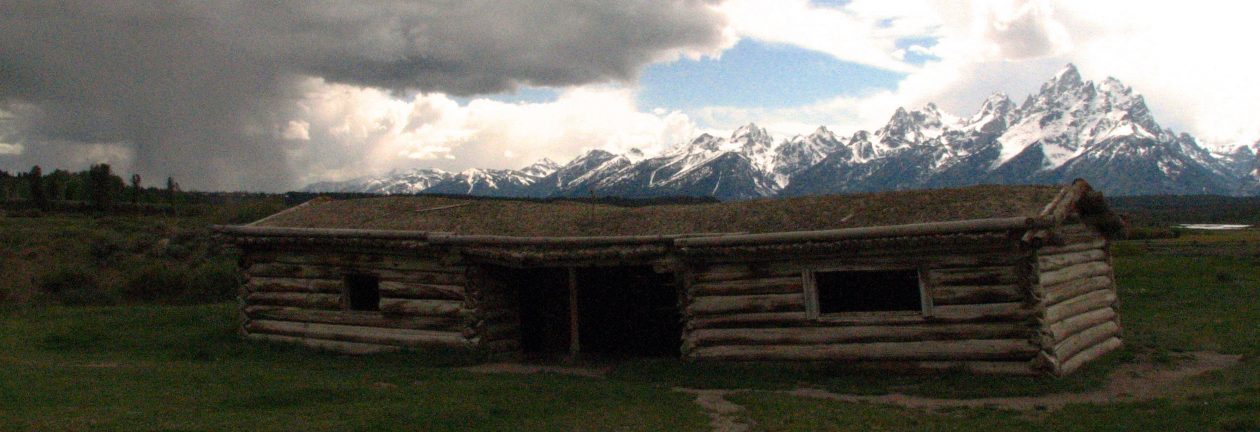Phnom Penh, Cambodia
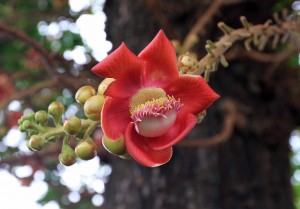
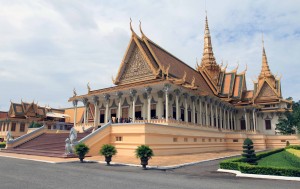
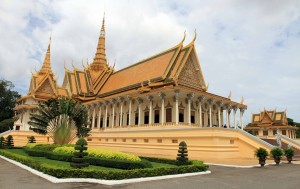
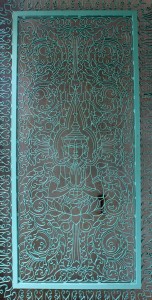
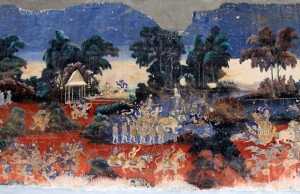
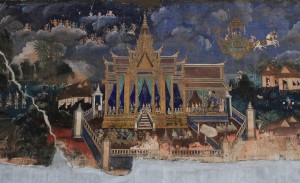
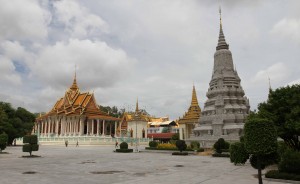
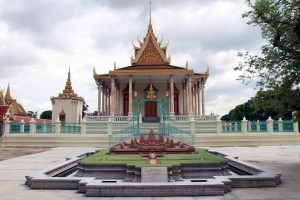
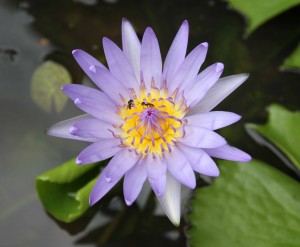
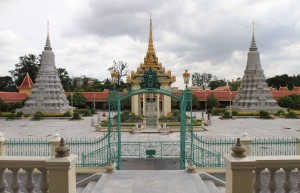
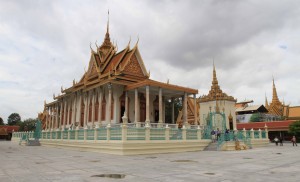
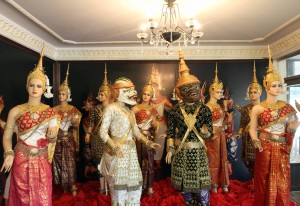
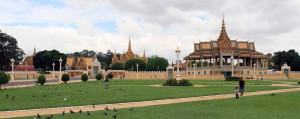
I woke up today and got ready to see the sites in Phnom Penh. I first walked to the Royal Palace which was very near to where I was staying; as I walked along the eastern wall, I saw a small group of protestors marching south (not sure what they were protesting, but I made sure to keep my distance lest I wanted to be blacklisted by the Cambodian government). I then entered the Royal Palace, paid the entrance fee, and walked north to Preah Tineang Tevea Vinichhay (the throne room), an impressive building. I then walked around the palace grounds and in to an exhibition room in the Hor Samritvimean building which showcased some regal clothes, gifts, and antique Khmer bowls and other objects. After walking around the north portion of the palace, I entered the southern monastery known as Wat Preah Keo and I was hit with deja vu; this monastery, just like the one in Bangkok’s Royal Palace, has a Temple of the Emerald Buddha (actually crystal), painted frescoes on the surrounding walls (although in a considerable state of neglect compared to Bangkok’s), and even a miniature model of Angkor Wat; it appears that the Cambodian Royal Palace has tried to replicate the Royal Palace found in Bangkok. I first walked the perimeter of the monastery viewing the frescoes and stupas; then I entered into the Temple of the Emerald Buddha to view the green crystal Buddha as well as a life-sized gold Maitreya Buddha decorated with 9584 diamonds (much more impressive than the “Emerald Buddha”), as well as the artifacts on display inside the temple. After walking around the monastery and viewing the inside of each structure (one had a giant Buddha footprint), I then exited the monastery and viewed the different exhibition halls; in the halls I saw many gold and silver miniature elephants that open up to hold different objects that were used as gifts, costumes for the ladies in the palace (a different color each day), theatrical costumes and programs, elephant howdahs (saddles), royal palanquins, pictures of different regal ceremonies (such as the ploughing ceremony), and a number of other artifacts. Then, I finally exited the Royal Palace and walked toward the nearby Mekong River before stopping at a Costa Coffee shop for a Mocha cooler and cheesecake.
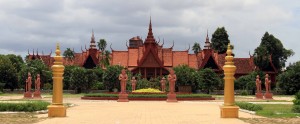
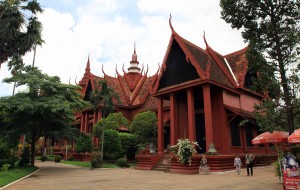
After that quick meal, I then walked back out in to the blazing sun (luckily not for long) to the National Museum which was located adjacent to the palace. The National Museum had many Buddhist and Hindu sculptures (I saw two sculptures of Vagimukha, a human with a horse head which reminded me of all those people wearing horse masks like on TheChive), steles inscribed with Sanskrit and Khmer languages, lintels from ancient Khmer temples, Khmer ceramics, jewelry and miniature metal statues, theatrical headdresses and costumes, weapons, howdahs, palanquins, etc. Unfortunately no pictures were allowed inside the museum, so I can’t share any images of its collection on this website. After visiting the National Museum, I began walking to my next destination and I also sought out a convenience store in order to by some liquid refreshments to help hydrate my body – surprisingly it was a while before finding a convenience store, somewhat of an anomaly in Southeast Asia.
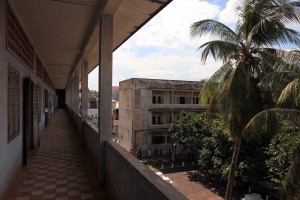
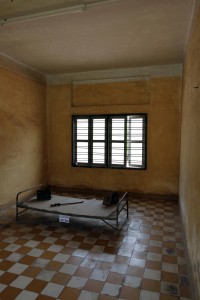
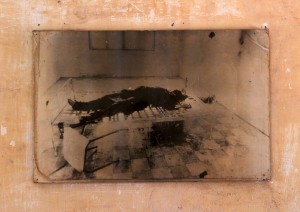
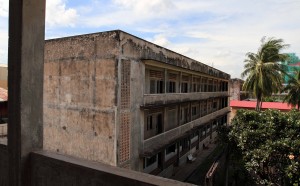
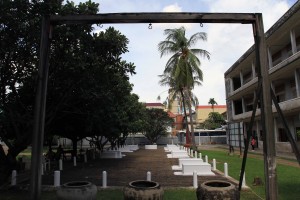
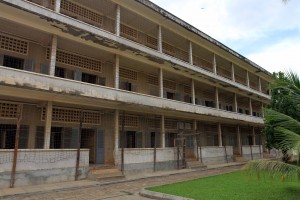
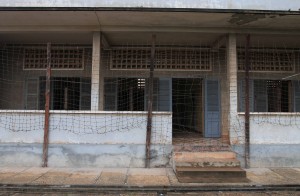
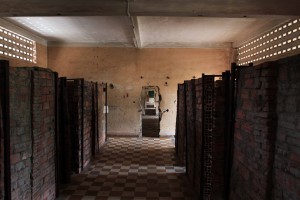
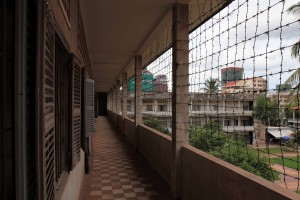
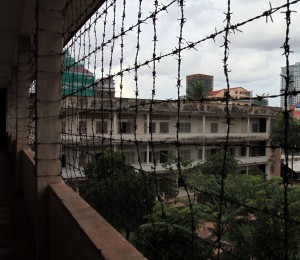
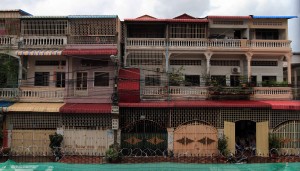
I walked quite a distance, passing by the Independence Monument, to my next stop: Tuol Sleng Genocide Museum (Tuol Sleng means “Hill of the Poisonous Trees” or “Strychnine Hill”), which is located at the former site of Security Office 21 (S-21); originally the buildings that make up S-21 were a high school (Chao Ponhea Yat) that was built in 1962; then, in August 1975, the Khmer Rouge (the name given to the followers of the Communist Party of Kamuchea who established the state of Democratic Kampuchea in Cambodia from 1976 to 1979 – Note: it’s depressing how many nations with the word “Democratic” or “Republic” in their name are anything but) converted the high school in to their prison and torture facility; it is estimated that somewhere between 14,000 and 20,000 people were taken to S-21 and then executed at the Choeung Ek extermination site (the “Killing Fields”); out of all the prisoners taken to S-21, 179 were released by the Khmer Rouge and 23 survivors remained when the Vietnamese Army liberated the prison and ousted the Khmer Rouge on January 7, 1979. This was a very somber place with many rooms and prisoner cells remaining untouched from how they were during the brutal era of Pol Pot and the Khmer Rouge; also, there were some of the actual torture devices used on display in the museum, as well as many photographs displayed that were taken by the prison staff of all the prisoners upon arrival that were interned here – the last photograph ever taken of the victims except in some cases when the prison staff photographed the horrifically tortured and mutilated bodies (some of which were on display here in the museum). Once again, my pessimistic view of our species is sadly confirmed as being accurate – we deserve to be wiped out by a disaster of Biblical proportions for all of our crimes. As for my tour of S-21: I started in “Building A” and walked through the other three buildings (“B”, “C”, and “D”); each one was a three-story concrete structure and many of the rooms were used to hold prisoners (sometimes a small cell for one individual made out of wood or bricks built in the former classrooms and sometimes the entire former classroom was used, though filled with bodies shackled to the floor) and others were the interrogation rooms where the prisoners were tortured until they confessed. The museum has converted some of the rooms in to exhibitions and there were many stories from the survivors on display, as well as the confessions gained from those that were later executed. Also, on site, are fourteen tombs of the last that were killed in the prison – their bodies were found upon liberation. During my visit to “Building D”, a rain storm moved through the city, but luckily it did not last long and when I was done touring the museum, all the rain had stopped.
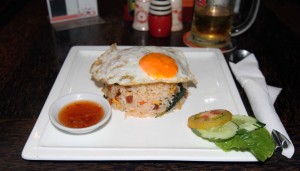
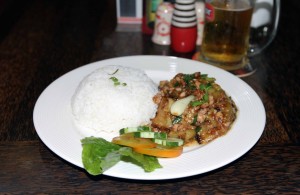
I then walked back to my hostel and stopped at a restaurant nearby where I had minced pork with eggplant and steamed rice, Cambodian fried rice with diced sausages and a fried egg on top, skewered beef with bacon wrapped around it and pickles on the side, and four Angkor draught beers. After that large meal, I walked back to the hostel and got to work typing away journal entries. Eventually, I went to sleep.
